
15311826613
Click to add WeChatBarite is a barium-containing mineral raw material, mainly used to obtain barium sulfate. Because of its high specific gravity, low hardness, stable chemical properties, and insolubility in acid, it is widely used in petroleum, chemicals, paints, Glass, plastic, filler and other industrial sectors.
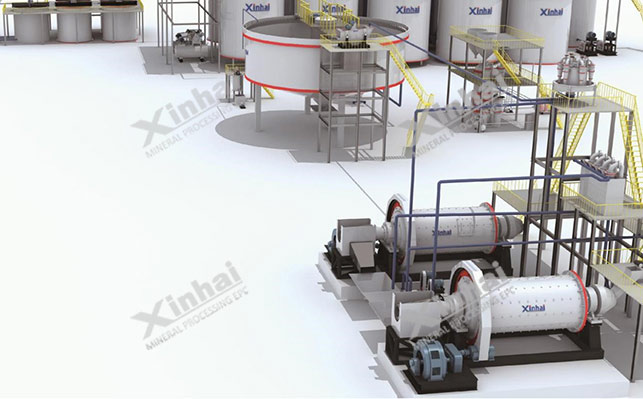
According to the different mineral properties and different types of symbiotic minerals, it can be divided into sedimentary type, thermal type There are four types: liquid type, volcano-sedimentary type and residual slope type. See the table below for details:
| Ore type | Ore characteristics | Main minerals and associated minerals |
| Sedimentary type | Massive or striped and bean-like structures | Barite, quartz, clay minerals, pyrite, etc. |
| Hydrothermal type | Dense, gray to white | Barite, pyrite, chalcopyrite, galena, sphalerite, hematite, fluorite, Toxic barite, etc. |
| Volcanic sedimentary type | Barite, siderite, mirrorite, etc. | |
| Residual slope accumulation type | Easy to select, higher grade | Barite, fluorite, calcite, quartz, etc.< /td> |
According to the different properties of barite ore, the barite beneficiation methods used are also different. The common ones are hand selection and gravity separation. Method, flotation method and magnetic separation method are the main ones. What are the principles of each mineral separation method? It is also suitable for those barite, let’s look at the following table:
| Ore beneficiation method | Ore beneficiation principle | Application scope |
| Hand selection | Differences in color, density, etc. between barite and associated minerals | Select massive barite |
| Gravity selection | Difference in density between barite and associated minerals | Including ore washing , desliming, screening, jigging, shaking and other process methods are mostly used for residual ore |
| flotation | barite and associated minerals Differences in surface physical and chemical properties | Commonly used in sedimentary barite ores and hydrothermal barite ores associated with sulfide ores, fluorite, etc. |
| Magnetic differences between barite and iron oxide minerals | Mainly used to remove iron oxide mineral impurities |
The above introduces the ore types of barite and the common beneficiation methods of barite. Let’s take a look at which barite is suitable for which beneficiation method!
The residual barite ore is generally separated by gravity separation, that is, after washing, crushing, and screening, it is jigging. , shaker or chute and other methods to select barite concentrate. The process flow is as follows:
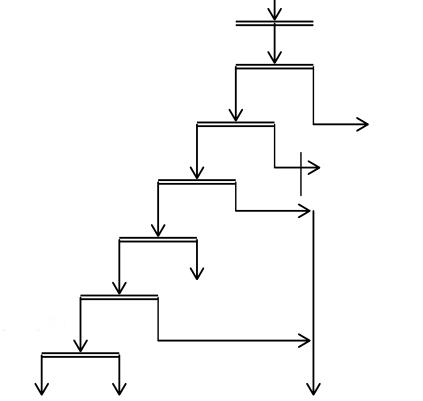
Raw ore crushing-screening-ore washing-waste-screening-sludge dehydration-jump Process flow of elimination - dehydration - barite concentrate dehydration - tailings. The raw ore crushing stage generally uses two stages of crushing. After one stage of crushing, qualified materials are sent to the second stage of crushing, and the second stage crusher is sent to the screening machine for classification. Because this link contains a lot of water, the sludge needs to be dehydrated first and then sent to The jig performs step-by-step jigging and re-selection to obtain barite concentrate and tailings, and then dehydrates the barite concentrate and tailings respectively. After dehydration, the tailings are sent to the tailings reservoir, and the concentrate is used in industry. application.
This type of barite also needs to be gravity-selected in the early stage. However, for this type of mineral, gravity-selection often cannot meet the user's requirements. Therefore, flotation is needed for further separation. Especially when barite is symbiotic with sulfide minerals such as galena, sphalerite, and pyrite, as well as fluorite, calcite, etc., flotation can be used for effective separation. The process flow is as follows:
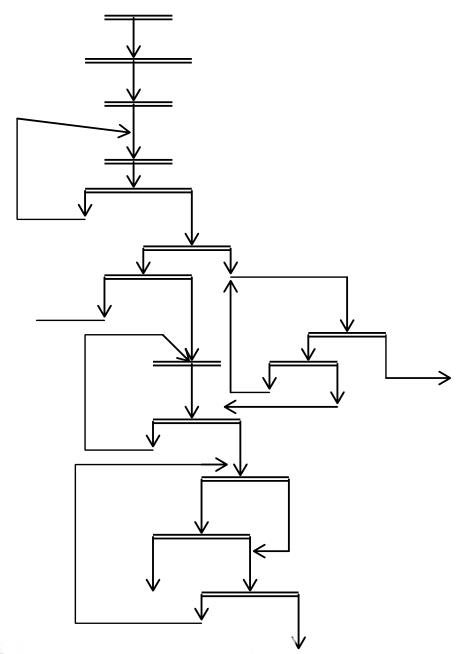
Raw ore coarse crushing-medium crushing-fine crushing-screening-dehydration-jigging-tailings Precipitation - grinding - classification (underflow, overflow concentration) - fine particle flotation - rough flotation - fine flotation - tailings dehydration, and finally obtain barite concentrate.
Based on the characteristics of the ore, hydrothermal barite is mainly selected by flotation and suppresses gangue minerals by adding inhibitors. , then under weakly alkaline conditions, add a collector and obtain barite concentrate after multiple flotations. The process flow is as follows:
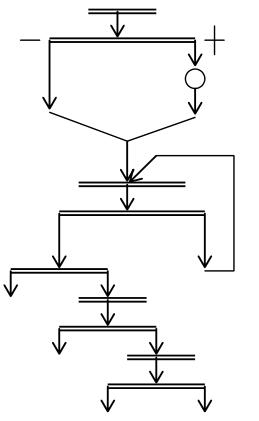
Raw ore crushing (jaw crusher) screening (circular vibrating screen) - grinding Ore (lattice ball mill) classification (hydrocyclone) - flotation - concentration - tailings flotation to obtain other gangue minerals.
This type of mineral is mainly barite, with relatively few other gangue minerals. Therefore, the process flow is relatively simple, and is generally washed once. The barite concentrate can be obtained through two stages of crushing and one stage of jig sorting. The process flow is as follows:
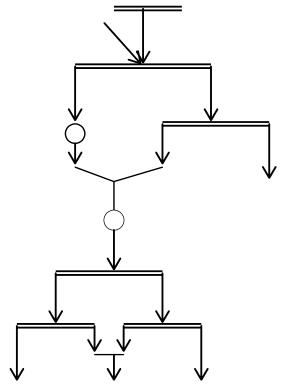
The raw ore is stored in the ore silo and fed into the jaw crusher by the plate feeder for roughening. Crushed, the crushed products are sent to the vibrating screen by a belt conveyor for screening, and the objects on the screen are transported by another section of the belt to the circular vibrating screen for fine crushing. The qualified products enter the screening stage together with the first section of crushing, and the screened products enter the jig. Select to get barite.
The above introduces the mineral processing process plan from different types of barite ore. In the actual mineral processing plant, no matter what kind of barite ore, there is no same ore, and its properties are also different, so it cannot Generalize. The editor suggests that you first conduct a barite beneficiation test, determine the type of ore and the type of gangue minerals contained in the mineral through experimental analysis, and then design a suitable barite beneficiation process plan, concentrator construction plan and Gravity mineral processing equipmentetc.